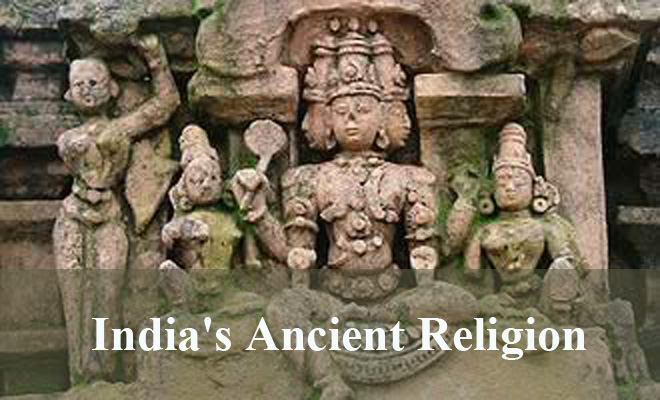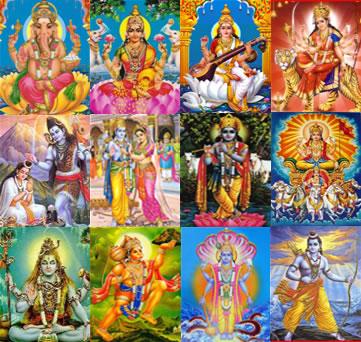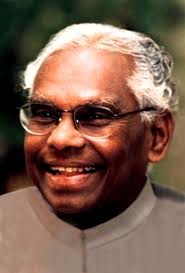India’s Ancient Religion

India’s Hindu religion is inseparable from its society, culture, and history. For millions of Hindus in India, the Ganges is more than just a river. It is a holy river, where thousands of pilgrims come each year to cleanse and purify themselves. Some Hindus come to die in the Ganges, believing it will transport them to heaven.
Hinduism is India’s major religion, it is a way of life for more than 80 percent of India’s one billion people. Unlike other major world religions, Hinduism was not started by a central figure, such as Jesus in Christianity, Muhammad in Islam, or Buddha in Buddhism.
It has no central god, no pope or church hierarchy, and no rules. You can be a Hindu just because you think you are and because you do the right things.
Beginnings Of Ancient Hinduism
Hinduism began 3,000 years ago when nomadic cattle-herding tribes from Central Asia moved into north India. These invaders called themselves Aryans – “The noble ones“. They brought with them religious teaching known as Vedas, which people memorized and repeated generation after generation.
These teachings blended with the religious beliefs of early Indian villagers and were eventually written down. They are the foundation of Hinduism. Although Hindus believe in Brahman – the one great spirit – they do not worship a single, all-powerful god. Instead, Hinduism has hundreds of deities and many ways of worshiping and living. But like most religions, Hinduism has basic beliefs, including:
- Karma
What a person says and does in life affects his or her fate.
- Dharma
Each person is bound to perform certain duties. these duties vary, depending upon the person’s social standing and caste.
- Reincarnation
After dying, each living thing is reborn into another life.
The various gods worshiped by the people during the Rig Vedic period can be classified into three categories:
(a) Gods of the Sky or Heavens such as Dyaus (sky), Varuna (sky-god proper), Usha (dawn), Asvins (morning and evening stars), and Surya, Mitra, Savitri, Pushaa, and Vishnu (all forms of Sun).
(b) Gods of the Atmosphere such as Indra (thunder), Rudra (storm), Maruts (storm-god), Vayu (wind), and Prajanya (rain); and
(c) Gods of the Earth such as Prithvi (earth), Agni (fire), and Soma (the plant of that name).
Many Deities

Of all the deities in Hinduism, the most important is Brahman, the creator of the universe, Vishnu, its preserver, and Shiva, its destroyer. But Krishna is perhaps the most popular of all the Hindu gods. In paintings, he is shown with blue skin, a sign of his divinity.
Krishna is a very human form of god. He is worshiped as an adorable but naughty child, an adventurous teenager, and an adult who vanquishes a monstrous snake. Krishna reminds Hindus to fulfill their duties, no matter how difficult they may seem.
In addition to Vishnu, Siva, and Mother goddesses the people of India also worshiped lesser gods. The most prominent lesser gods worshiped by the people included Brahma (the Prajapati of later Vedic times), Surya (the Sun), Indra, the Vedic war-god, Varuna, Yama (the death God), Kubera (lord of precious metals, minerals, jewels and wealth), Soma Vayu (the wind god), Agni (fire), Skanda (also known as Kumara, Kartikeya, and Subrahmanya), Ganesa or Ganapati (the chief of the Ganas—a class of demigod attendant on Siva), Hanuman (monkey god—the son of Vayu), Kama (Desire), etc.
One of the best philosophical works produced at that time was Bhagavad-Gita, which is described as perhaps the only true philosophical song existing in any known tongue. The philosophy contained in Bhagavad-Gita is of perennial interest and emphasizes all that is of enduring value in Hinduism.
In the story, the hero, Prince Arjuna, looks at the enemy and sees some of his relatives. He throws down his bow, unable to kill his flesh and blood. But Krishna reminds Arjuna that he was born into the warrior class, and must fight or lose his honor. “If you fail to wage this war of scared duty, you will abandon your own duty and fame only to gain evil,” says Krishna. “Rise to the fight, Arjuna!” Difficult though it may be, Arjuna does his duty.
India’s Caste
India’s caste system, increasingly a thing of the past has close ties to Hinduism. Each person was born into a caste, a closed social group from which he or she could not hope to escape. A person’s caste once determined his occupation, who he could marry, and how he lived.
Originally there were four castes, the highest was the Brahmans or priests. Next came Kshatriyas, the warriors, then the Vaisyas, farmers and traders, and the Sudras, laborers, and servants.
Completely outside this social order tell the Untouchables, the lowest of the low with whom the other groups were supposed to have no contact. Untouchables were hired to do work that members of the caste system would not do. These jobs included killing or disposing of dead cattle or working with their hides. The untouchables also worked as sweepers, washers, or in other jobs that required contact with human emissions such as sweat, urine, or feces.
Untouchables were often forbidden to enter temples, schools, and wells where caste members drew water. In some parts of India, even the sight of untouchables was thought to be polluting. The untouchables were often forced to sleep during the day and work at night.

Officially it is now illegal to discriminate based on caste in India. And for the first time in India’s history, its president Kocheril Raman Narayanan is a Dalit (Untouchable). But many people still mix with only those of their own caste.
Source: https://www.thefreelibrary.com,
http://www.historydiscussion.net,
https://www.mrdowling.com.






